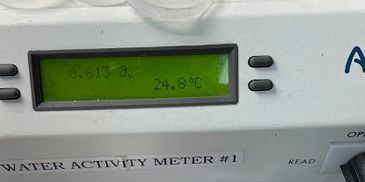Signed in as:
filler@godaddy.com
- Food Safety Testing Labs
- Microbiology Testing
- Environmental Monitoring
- Environmental Monitoring
- Industry Guidelines
- Coliform Count Bacteria
- Aerobic Count Bacteria
- Lactic Acid Bacteria
- Water Activity aw in Food
- Chemistry Testing
- Example Documents
- Privacy Policy
- quantitative microbiology
- Shelf Life Acidified Food
- RTE Shelf Life Studies
- Blog
- Gluten Testing
- gluten-testing-ISO17025
- Certificate
- Quiz USDA Listeria Guide
- EMP procedure
- Lab Workflow for Listeria
- Blank

